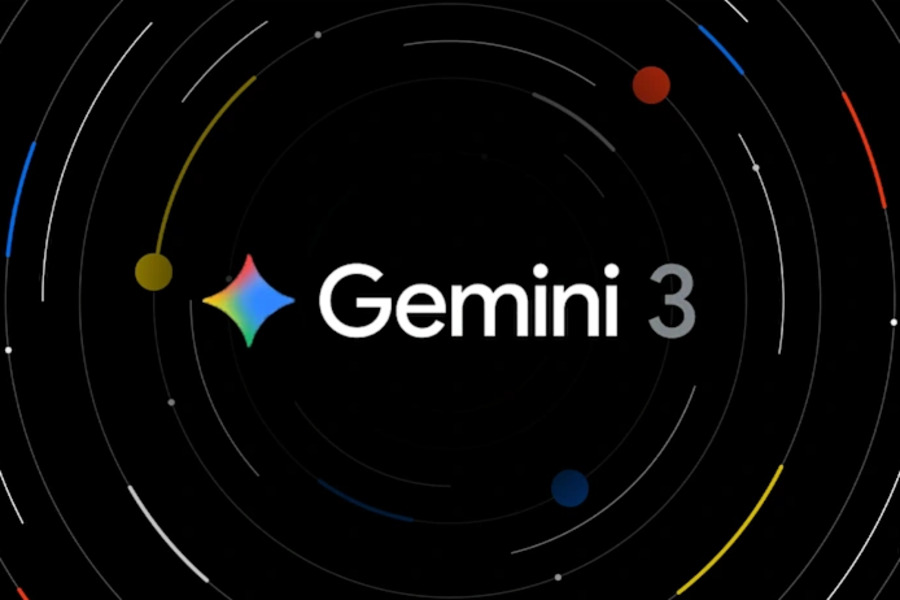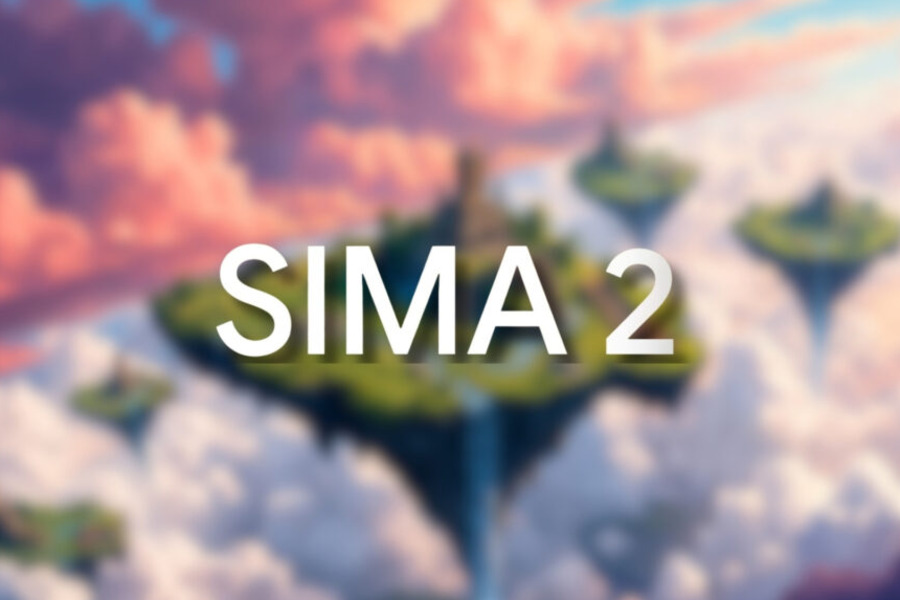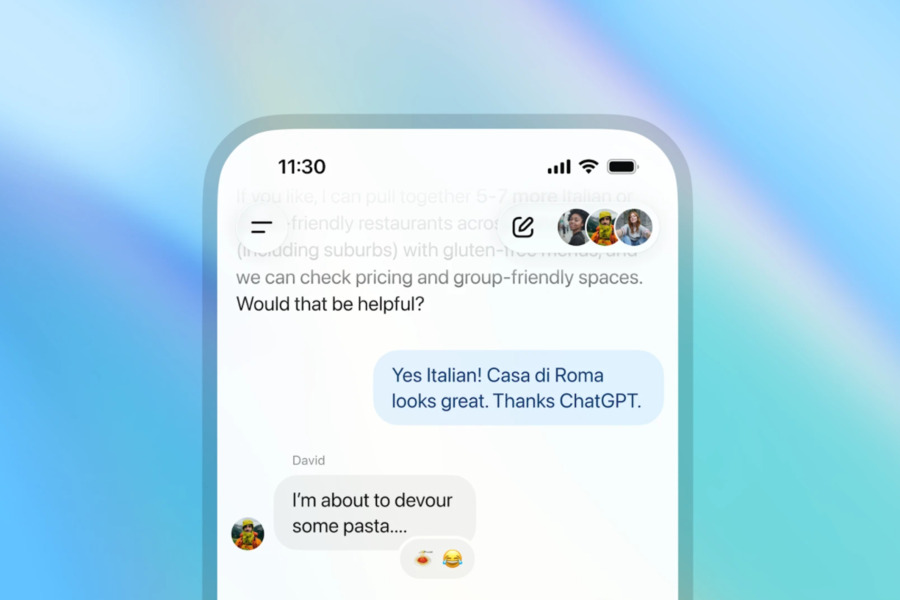Welcome to AgiYes‘s AI News Weekly!
This week, we saw major advancements, from foundational model releases to novel real-world applications. We’re here to deliver the essential news and unpack the developments driving the future of artificial intelligence.
Top 10 AI News from October 11–17, 2025
1. Windows 11 Deeply Integrates Copilot as Its Core
Microsoft is embedding Copilot as a fundamental component of Windows 11, introducing a suite of generative AI features designed to transform how users interact with their PCs.
New capabilities include voice control, on-screen content analysis, and limited local automation, positioning Copilot as the primary interface for PC interactions. This move aims to streamline workflows and enhance productivity through more intuitive, AI-driven commands.
2. Anthropic Launches Claude “Skills” for Modular AI Tasks
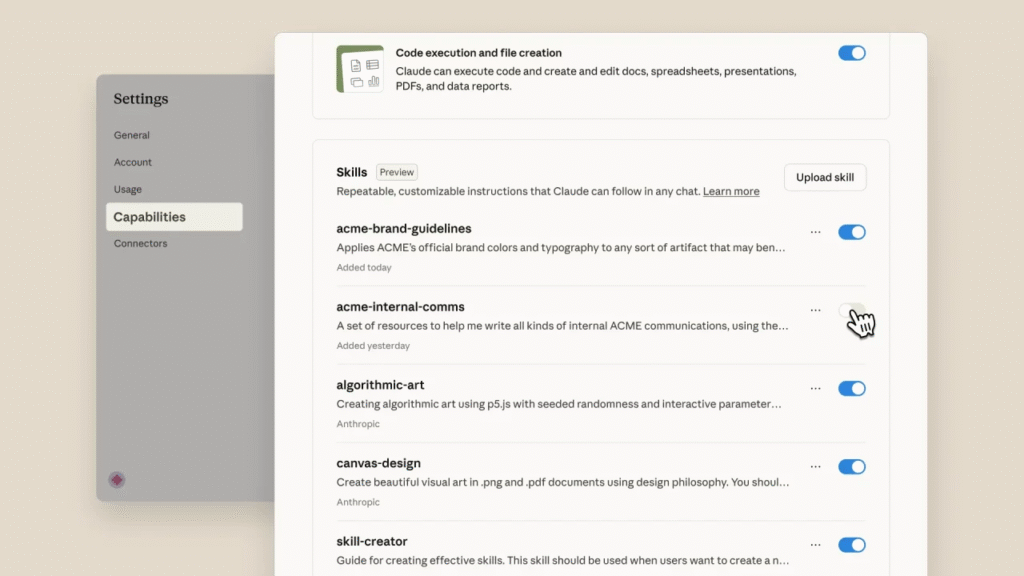
Anthropic has rolled out a modular system called “Skills” for its flagship AI model, Claude. This innovation turns complex prompt engineering into stackable, portable, and efficient modules, significantly boosting Claude’s ability to handle sophisticated tasks.
Available to Pro, Max, Team, and Enterprise users within the Claude app, Skills enhance customization and scalability for diverse professional needs.
3. Sora 2 Update: Free Users Can Now Generate 15-Second Videos
Sora2, the AI video generation platform, has announced a major update, granting free users the ability to create videos up to 15 seconds long on both app and web versions.
Pro subscribers can generate videos up to 25 seconds on the web and access the new “Storyboard” feature, which allows frame-by-frame control over visuals and timing. This empowers creators to produce multi-scene, cinematic content with greater precision.
4. OpenAI Introduces Smart Memory Management for ChatGPT
OpenAI has launched an automated memory management feature for ChatGPT, enabling smoother control over the AI’s long-term memory.
Available exclusively to ChatGPT Plus and Pro subscribers, the update mimics human-like memory retention while prioritizing user privacy and personalized interactions. This enhancement simplifies the chat experience, reducing the need for repetitive context setting.
5. Google Releases Veo 3.1 Video Generation Model
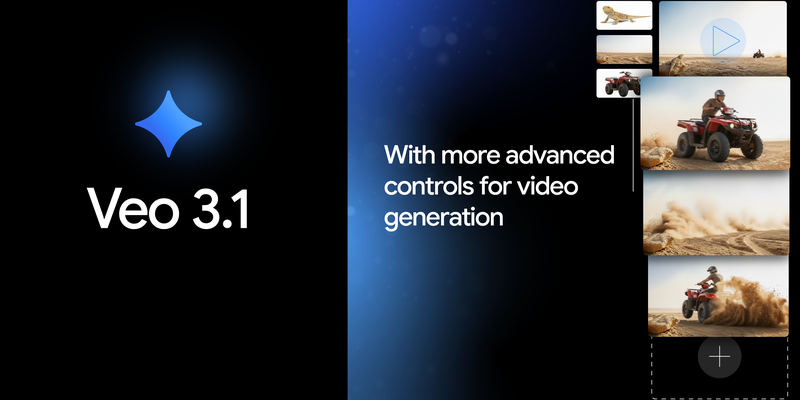
Google has unveiled Veo 3.1, an upgraded version of its Veo 3 video generation model originally released in May.
The new iteration improves audio synchronization, editing precision, and image-to-video quality, delivering more realistic clips that closely follow user prompts. Veo 3.1 reinforces Google’s push toward high-fidelity AI-generated video content.
6. Anthropic Debuts Claude Haiku 4.5 for Low-Latency Tasks
Anthropic has introduced Claude Haiku 4.5, a compact AI model that delivers near-state-of-the-art performance at minimal cost. Designed for real-time, low-latency applications like chat assistants and customer service, Haiku 4.5 complements the Claude family—which also includes the mid-sized Sonnet and large Opus models—offering scalable solutions for diverse use cases.
7. Firefox Integrates Perplexity as AI-Powered Search Option
Firefox now includes Perplexity, an AI-powered answer engine, as an optional default search tool. Desktop users worldwide can enable Perplexity alongside traditional search engines, with mobile integration planned soon. Known for its conversational responses and cited sources, Perplexity offers a privacy-focused alternative, pledging not to share or sell user data.
8. Google Meet Adds AI-Enhanced Virtual Makeup Filters
Google Meet has introduced AI-driven virtual makeup filters, offering users 12 customizable looks via the “Appearance” settings. This update narrows the feature gap with rivals like Microsoft Teams and Zoom, which already support beauty effects. The tool provides a convenient option for users seeking a polished look without physical makeup.
9. Pinterest Rolls Out Tools to Limit AI-Generated Content
Responding to user feedback about the surge in AI-generated images, Pinterest has released content control tools that let users reduce the amount of AI content in their feeds.
Available under “Settings” and “Tune your recommendations,” the feature allows adjustments for categories like beauty, art, fashion, and home decor, where AI-generated visuals are prevalent.
10. NotebookLM Integrates Nano Banana for Visual Creation
Google’s NotebookLM has integrated the advanced image generation model Nano Banana, transitioning from text-based processing to multimodal visual creation. Users can now transform detailed notes into dynamic videos, improving efficiency for learning and content creation. The update is being rolled out first to Pro users, with full availability expected within weeks.
Final Thoughts on This Week’s AI News
The AI landscape continues to evolve at a remarkable pace, as this week’s developments demonstrate.
From Microsoft embedding Copilot into Windows 11’s core and Anthropic enhancing Claude’s modularity, to OpenAI refining ChatGPT’s memory and Google advancing video generation with Veo 3.1, the focus is squarely on creating more intuitive, powerful, and user-centric tools.
Simultaneously, the expansion of access through free tiers and new privacy controls highlights a maturing industry increasingly attentive to user experience and ethical considerations, signaling a future where AI becomes both more capable and more seamlessly integrated into our digital lives.
Read More:

